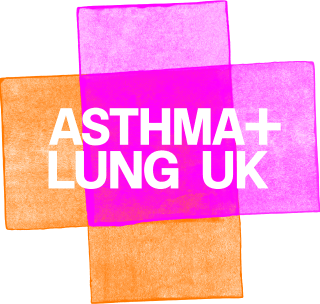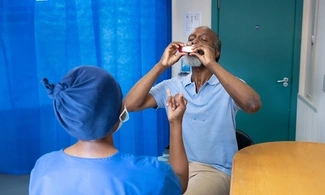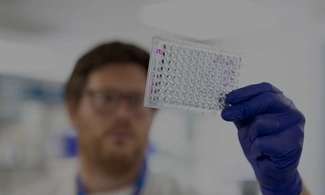We understand that living with a long-term lung condition means you may feel differently from one day to the next. This can make it more challenging to keep active.
Our Keep Active programme gives you everything you need to start moving more with your lung condition. It includes:
- advice to help you move safely with your lung condition
- breathing techniques to help you when you’re active
- a gentle warm up
- step-by-step exercises to help you feel stronger and more energetic
- a cool down and stretch
- stories from people with lung conditions to inspire you to move more.
Our Keep Active programme is designed for anyone living with a lung condition and includes three levels. Start slowly and build up gradually. Choose the level that’s right for you:
- Level 1 – If you're new to this programme or would like a gentle routine today.
- Level 2 – If you’re building your strength and would like to do more today.
- Level 3 – If you’re feeling strong and confident today.
You can also follow this programme in our Keep Active handbook which includes resources to set your goals and track your activity over time.
Before you start any physical activity
Check with your healthcare professional that it’s safe for you. You can also discuss the level of activity that is right for you.
















